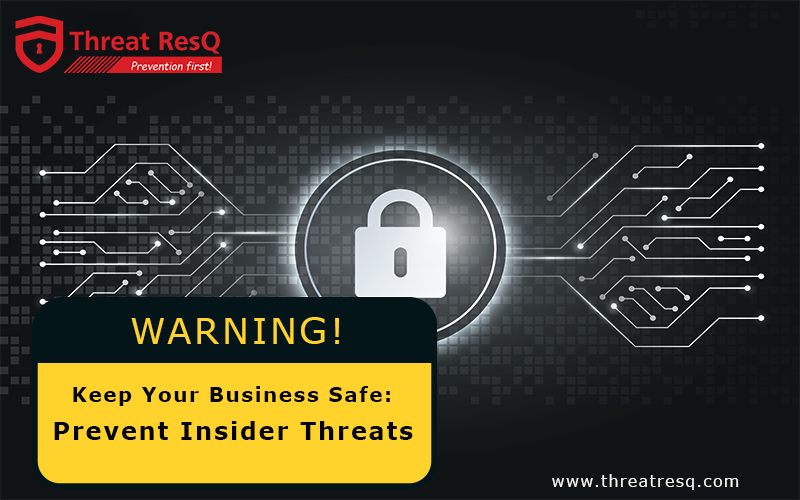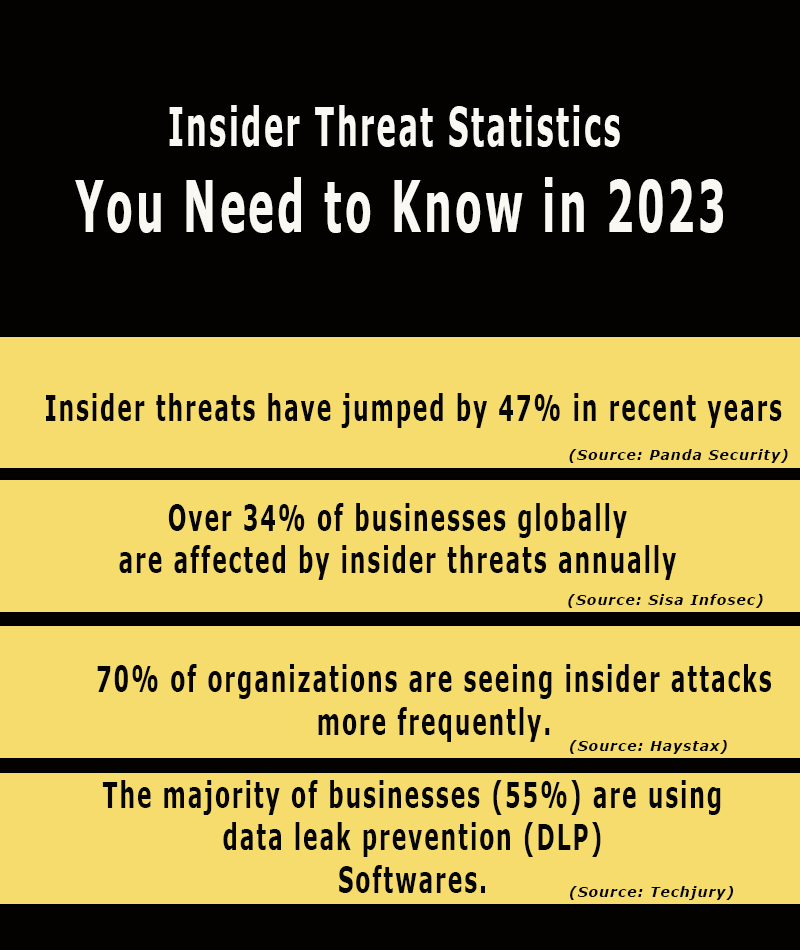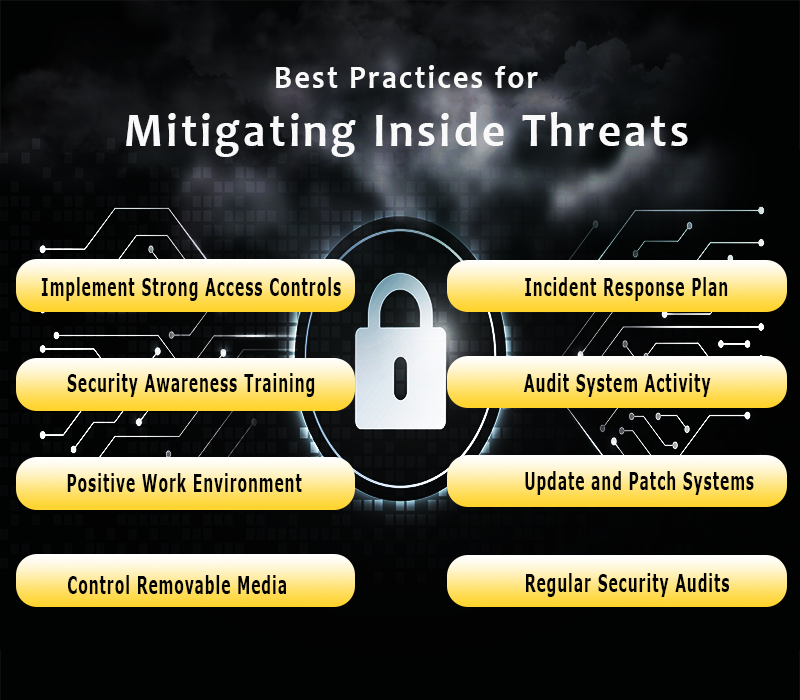- Join our company
- Email: info@threatresq.com
- Phone: (+91) 9910016361















As businesses continue to rely on digital technology for their day-to-day operations, the threat of insider threats looms large. Insider threats refer to security risks that originate from within an organization, whether intentional or unintentional, and can result in significant financial and reputational damage. As we enter 2023, it’s crucial for businesses to be aware of the latest insider threat statistics to better protect themselves from potential harm. In this blog, we will explore the key insider threat statistics that you need to know in 2023 to safeguard your business.

There are several different types of insider threats, including:
Malicious Insiders: This type of insider threat involves individuals who intentionally misuse their authorized access for personal gain or to harm the organization. This can include stealing sensitive data, sabotaging systems, committing fraud, or intentionally causing damage to the organization’s reputation or operations.
Careless Insider: Careless insiders are individuals who accidentally or unintentionally cause harm to the organization’s security or data due to negligence or lack of awareness. This can include clicking on phishing emails, misconfiguring systems, mishandling sensitive information, or using weak passwords, resulting in unintentional data breaches or security incidents.
Compromised Insider: Compromised insiders are individuals whose credentials or access have been compromised by external threat actors, such as through phishing attacks, social engineering, or stolen credentials. These individuals may unknowingly facilitate insider threats by inadvertently providing access to unauthorized individuals or systems.
Third-Party Insider: Third-party insiders are individuals who are not employees of the organization but have authorized access to the organization’s systems or data, such as contractors, vendors, or partners. These individuals may pose insider threats if they misuse their access or if their credentials are compromised by external threat actors.
Privileged Insider: Privileged insiders are individuals who have elevated access privileges within the organization, such as IT administrators or system administrators. These individuals may pose a higher risk of insider threats as they have more extensive access to critical systems and data, and their actions can have significant impact on the organization’s security and operations.
It’s important for organizations to be aware of these different types of insider threats and implement appropriate security measures, such as access controls, monitoring, employee training, and incident response plans, to mitigate the risks posed by insiders and protect their sensitive information and assets.

Don’t risk data breaches or accidental data loss that could have severe financial and reputational consequences. Contact us today to learn more about our DLP service and how it can benefit your organization’s cybersecurity posture!
With our Threat ResQ services, you can have peace of mind knowing that your organization’s sensitive data, such as customer information, financial data, intellectual property, and trade secrets, are protected at all times.